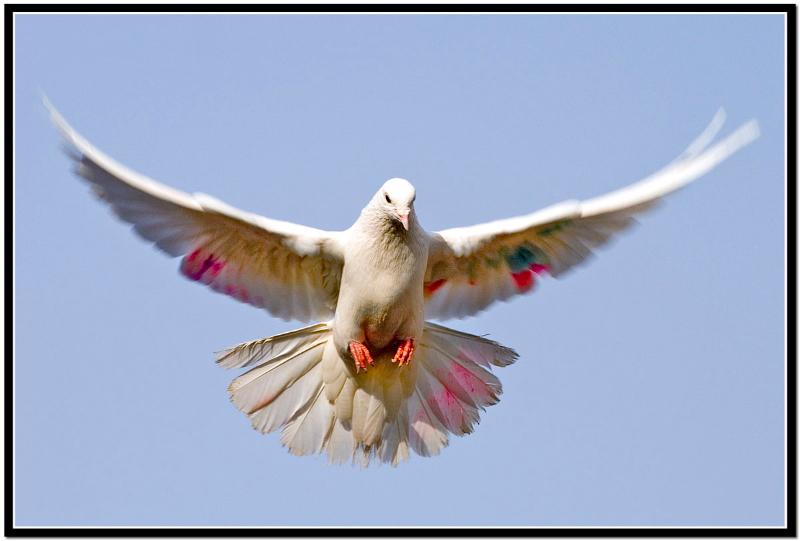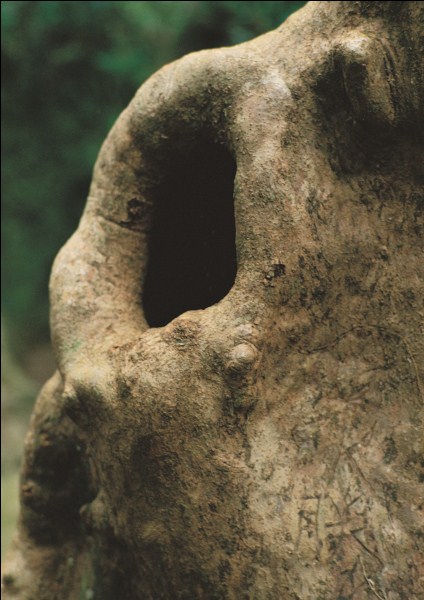Hi All,
This weeks article looks at the difference between being a product of outer time, the a subject of your own sense of inner time. Another way of putting this is how can we deal effectively with the outer forces impinging upon our life, whilst at the same time honoring that which is arising from our own sense of individuality?
Yours in the spirit of the harmonization of inner and outer time,
Toby
 Article of the Week:
Article of the Week:
Are You a Product of the Times or the Subject of Your Own Inner Time?
To be a product of the times is simply to be a product of the prevailing cultural, social, biological, economic and other environmental forces that happen to be dominant during the era when you are alive. It basically implies that you as an individual are less powerful than the forces that surround you, and hence it is the surrounding forces that mold you as a person, and not your sense of own inner direction.
To be the subject of your own inner time means to have a sense of your own “inner compass” so to speak, or inner direction, and to be prepared to make your life a product of that inner direction and compass, rather than a product of what you are being told to be from the outside.
Another way of putting it might be that, when you are the subject of your own inner time you become self determining. You can go against the flow within the society within which you live, even if it means a degree of isolation, hardship or unpopularity.
So, to be a product of the times means to be created or formed by forces outside yourself.To be the subject of your own inner time means who you are is more a conscious articulation of that which is inside you.
As meditators, or as people who aspire to conscious and creative living (one definition of a meditator?) two of our main jobs are:
- To be aware that inevitably you are, to a greater or lesser degree a product of your times, and to think carefully about this. What aspects and energies of your times are positive and worthwhile participating in, and which are best not identifying with and working to not participate in? To give an example of this one prevailing energy of our time is that of inter-communication and inter-connectivity. There are lots of positive ways in which we can participate in this, by using the Internet to become well informed and to establish relationships with worthwhile people who can help us grow. However, we would be well advised not to participate in neurotic over-communication and email/sms addiction that so many people seem to have become thoughtlessly caught up in these days.
- To be aware of our sense of inner or subjective time, and regularly ask ourselves “What is it within me that is creatively emerging and wishes to express itself in the outer world?”
The challenge about that which is emerging from within your own sense of subjective time is that it takes acts of creativity, energy and courage to bring it into the outer world and express, there are no guarantees that people will like it or approve of it, maybe they will even completely ignore it! I often think of Vincent Van Gough as an example of this. During his lifetime he sold only one painting (and his brother owned an art gallery, so he really was totally ignored and under appreciated by the public) and it was only after his death that people gained an appreciation and understanding of what beauty he had created.
So, when you start following your own inner compass and bringing forth that which is within you then hopefully you won’t be completely ignored like Van Gough was, and indeed many people become very appreciated when they start acting appropriately and creatively on their inner urges. But it may well be that, at least in the beginning you are.
The interesting thing is that if you really are the subject of your own inner time, then even if no one else cares, you’ll do it anyway, and you will enjoy it!
© Toby Ouvry 2013, you are welcome to use or share this article, but please cite Toby as the source and include reference to his website www.tobyouvry.com



 The nature purpose of training in concentration
The nature purpose of training in concentration Finding Permanence Within the Impermanent and Fulfillment Within the Dissatisfying
Finding Permanence Within the Impermanent and Fulfillment Within the Dissatisfying Three Levels of Self, Three Levels of Focus-in-Time
Three Levels of Self, Three Levels of Focus-in-Time Article of the Week:
Article of the Week:
